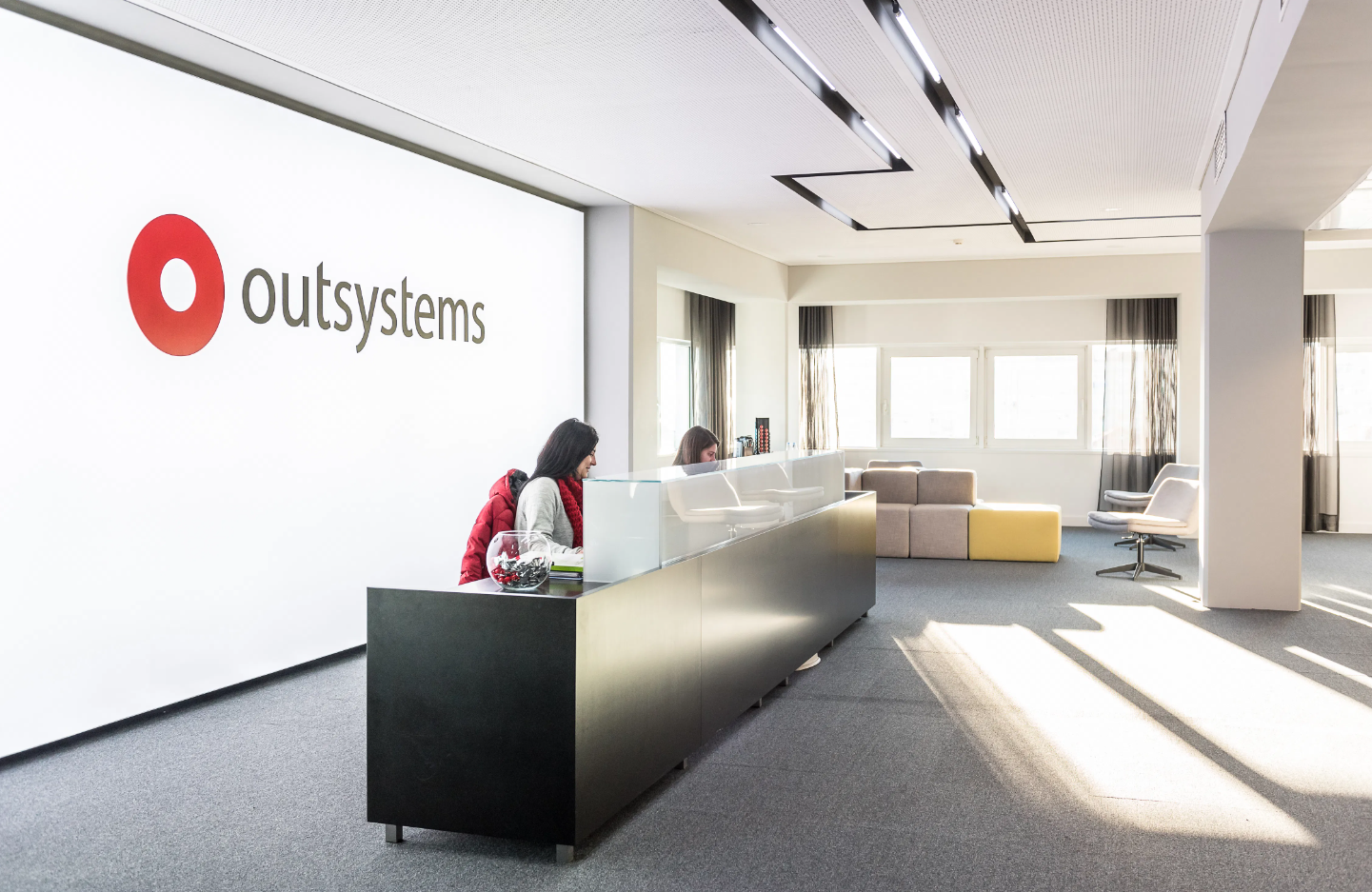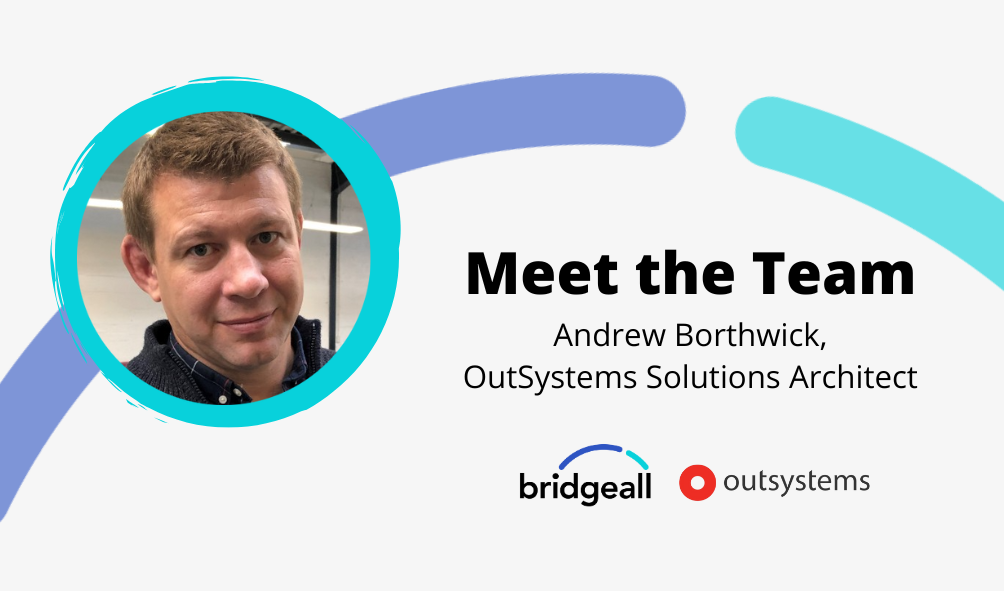When you first look at OutSystems, there are many options to get started with licensing. Running through these one by one, in this article we show you how the pricing is designed to grow with use and value created and explain everything you need to know about OutSystems licensing.
Individual license
Free forever. OutSystems offer a personal environment that is always free, for prospective users and seasoned professionals to get started, explore the platform, complete training, and just try out features without affecting anything else. The restrictions on this are around co-authoring (of course) and there is only one development area, so no separation into dev / test/ live environments for example.
Company trail license
If you are considering OutSystems seriously and want a couple of people to work together on a small proof of concept or platform comparison, then once you engage with the sales team, you can have access to a trial environment. Here there are no limits on the use of the platform, but it will be time-limited with the expectation that if successful, there is a path to purchase.
Subscription growth
Starting around £25k/yr, OutSystems licenses are very much designed to grow without getting into single user licenses, or server consumption models. So that initial license will be enough for 100 internal users, and a few small applications or one or two larger ones. Developers are not charged; it’s end users that are of interest here.
Subscription growth
The value of OutSystems comes with continued development – the more you build, the more reusable capability you’ll create, and the faster you’ll build the next thing. Whether extending an initial solution or building something completely separate. To that end, there are three metrics where OutSystems scales the license:
- Internal users – sold in packs of 100 at a time, and identified by email domain, internal users are expected to be higher touch / higher value users. The first 100 come with the initial license. Users can be managed programmatically, integrated with a domain server, or managed manually in the tool provided.
- External licenses – other email domains are expected to be more occasional / limited use, so they come in packs of 1000. These are counted as logged-in users, so anonymous scenarios do not count. A frequent consideration is to deactivate accounts after an idle period programmatically, to keep a lid on the consumption.
- “Application Objects” are the measure of technical complexity, and therefore a proxy for the technical footprint. While slightly more obscure, if you think about screens, tables, and APIs, you’ll not be far away. A small app can be 50-100, a large app 500-700, and everything in between. Note reusing capability across many applications does not increase the usage, so the licensing model encourages that build-for-reuse scenario.
Add-ons: of course, different company sizes and regulatory requirements make some tools needed only in enterprise-level accounts. To that end, there are a series of extra options available. The main ones to consider are:
- Additional environments – dev/ test/ live are standard, but as the use grows a pre-production environment, a dedicated automated testing environment, and even separating external from internal facing production environments are all possible.
- Additional support – both for development and runtime. For runtime many smaller organisations are fine with 8×5 support – this can be upgraded to 24×7, and technical backup & recovery can move to a high availability model for an extra fee. For development there are consulting and training options available from OutSystems directly, or the partner community.
- Security – while the out-the-box model is very much a secure environment, some organizations will require an advanced level of logging and intrusion detection. Predominantly, this is covered in the “Sentry” offering, which adds some extra tools.
OutSystems editions
When considering licenses the question of editions will come up as well. At the time of writing, there are two available versions of OutSystems – known as OutSystems 11 (O11) and the newer OutSystems Developer Cloud (ODC). The broad functionality in terms of developing applications is very similar; the difference is mainly in how applications are packaged and deployed.
About OutSystems 11
O11 is a traditional app server / dev server model – normally using SQL Server for the back end and IIS in the front end. Because of that, there are options to host internally on your own servers, on your own private Azure or AWS subscription, or on the OutSystems-managed “OutSystems Cloud” AWS instance. Crucially the license doesn’t change price so most customers would stick with the OutSystems Cloud to avoid additional hosting and support complexity.
About ODC
If O11 can be considered cloud-hosted, ODC is very much cloud-native. The deployment switches to containerised microservices using Kubernetes, with Aurora DB enabling better global scaling of databases, so it’s very closely tied to the OutSystems Cloud hosting on AWS. This affects the architecture style (more loosely coupled applications) and the deployment, where compiled containers are deployed instead of recompiling in every stage. ODC has been on general release for a couple of years now, and so is very capable to deliver most applications. And self-hosting both for the developer platform and for container deployment is on the roadmap for ODC as well.
The differences
Apart from the hosting scenario the main differences are that O11 developer support is more mature, being a straight-line evolution from previous editions – but ODC is catching up fast. On ODC, AI Mentor Studio is expected very soon at the time of writing, O11’s business process model (BPT) has recently been replaced with a new event driven architecture and workflow capability, and many of the accreditations and certifications are coming along regularly. The latest innovations such as the much-anticipated GenAI tools under the “Morpheus” codename are very much ODC-first.
If you have questions about licensing or evaluating your company’s situation for a strategic platform purchase, please do feel free to reach out to Bridgeall here or you can sign up for a free personal edition with our link here. You can also download our Complete Guide to OutSystems which highlights more about the platform, licensing, benefits and more.




